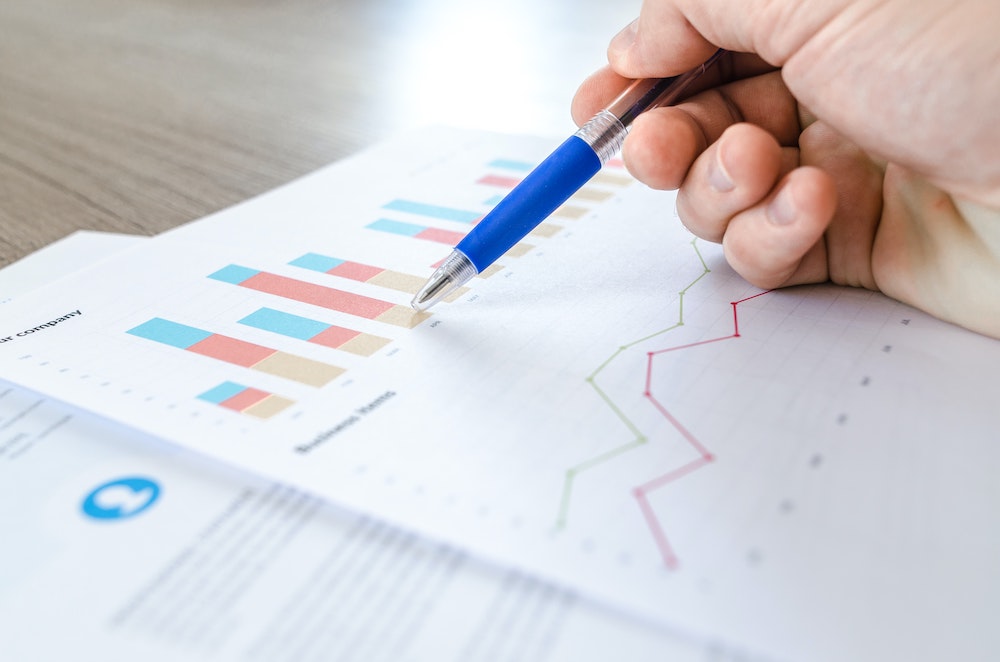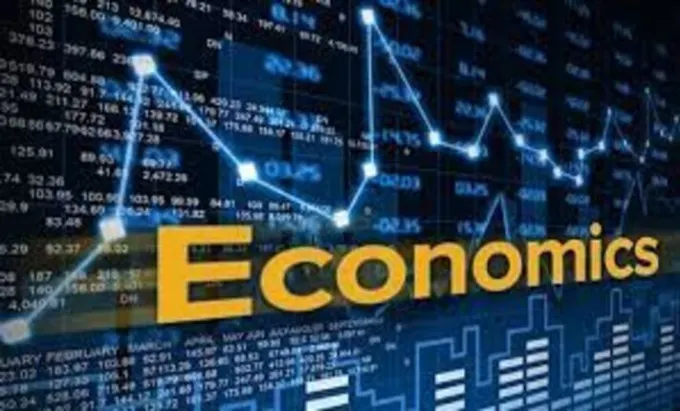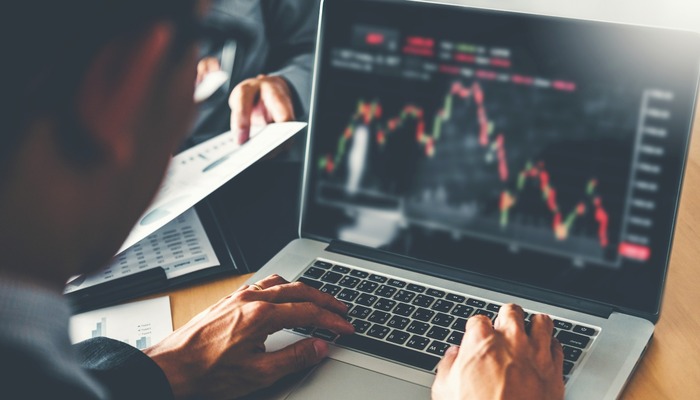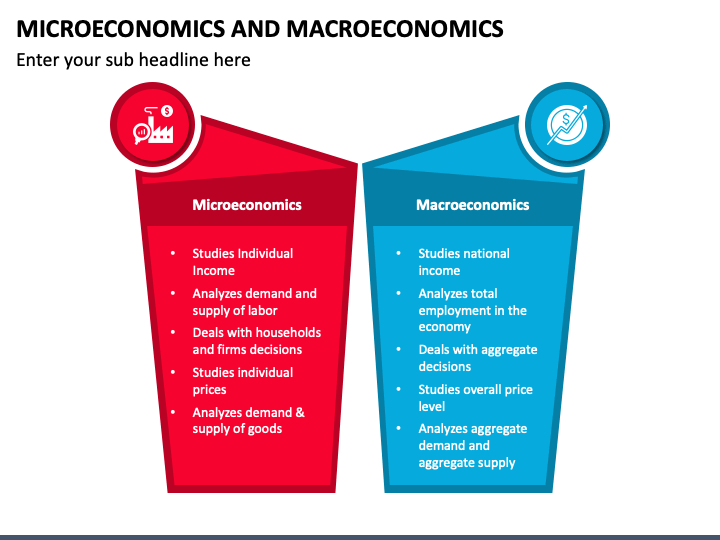Microeconomics focuses on individual economic units like consumers and firms, examining decisions on resource allocation, price mechanisms, and market structures. Key concepts include demand and supply, elasticity, consumer behavior, and production costs. Macroeconomics looks at the economy as a whole, analyzing aggregate indicators such as GDP, inflation, and unemployment. It also studies economic growth, business cycles, and international economics, and explores fiscal and monetary policy impacts.
Though distinct, both fields are interconnected, as individual decisions influence macro trends and macro policies affect microeconomic behaviors. Together, they provide a comprehensive understanding of economic phenomena and inform effective policy-making.
What are the key concepts in microeconomics?

Microeconomics, a branch of economics, focuses on the behavior of individual economic agents such as households, firms, and markets. At its core lie several key concepts. Supply and demand, the foundational principle, dictates the determination of prices in markets through the interaction of quantities offered by producers and quantities demanded by consumers. Elasticity measures the responsiveness of quantity demanded or supplied to changes in price, income, or other factors, essential for business decisions and policy-making.
Understanding consumer choice involves analyzing how individuals allocate their limited resources among different goods and services, considering utility maximization, indifference curves, and budget constraints. Producer behavior examines how firms decide on output levels, input choices, and cost minimization strategies, relying on concepts like production functions, cost curves, and profit maximization. Microeconomics also delves into different market structures, such as perfect competition, monopoly, and oligopoly, each influencing pricing, production, and efficiency differently.
Moreover, it identifies instances of market failures, like externalities and public goods, necessitating government intervention. Income distribution within an economy, game theory for strategic interactions, and the role of information asymmetry are further vital concepts within microeconomics, collectively providing a comprehensive understanding of economic behavior at the micro-level.
What are the key concepts in macroeconomics?

Macroeconomics, the study of the economy as a whole, encompasses several key concepts essential for understanding aggregate economic phenomena and formulating effective policies. At the heart of macroeconomic analysis lies Gross Domestic Product (GDP), which measures the total value of goods and services produced within a country’s borders over a specific period, serving as a primary indicator of economic performance and growth.
Understanding aggregate demand and aggregate supply dynamics is crucial for analyzing business cycles and inflation, while the study of unemployment rates and types provides insights into labor market dynamics and policy effectiveness. Inflation, the sustained increase in the general price level, is another focal point, with macroeconomists studying its causes, consequences, and potential policy responses to maintain price stability and promote growth.
Fiscal policy, centered on government taxation and spending, and monetary policy, regulated by central banks to influence money supply and interest rates, play significant roles in shaping aggregate demand and stabilizing economies. Moreover, macroeconomics explores long-term economic growth determinants, international trade and finance dynamics, business cycles, and the evaluation of economic policies, collectively providing a comprehensive understanding of the broader economic issues and policy challenges faced by societies and governments.
Interrelationship Between Microeconomics and Macroeconomics

Microeconomics and macroeconomics are two branches of economics that are interconnected and together provide a comprehensive understanding of economic phenomena at different levels of analysis. Here’s how they relate:
Scope
Microeconomics deals with individual economic agents such as consumers, firms, and markets for specific goods and services. It examines the behavior of these agents in decision-making processes regarding resource allocation, pricing, and production.
On the other hand, macroeconomics focuses on aggregates such as national income, unemployment, inflation, and economic growth at the level of an entire economy or a large sector of it.
Aggregation
While microeconomics studies the behavior of individual units, macroeconomics aggregates these behaviors to analyze the economy as a whole.
For instance, microeconomics might study how a single firm determines its pricing strategy, while macroeconomics looks at how the overall price level in the economy is determined.
Price Theory
Microeconomics provides the foundation for macroeconomic analysis through price theory. The concepts of supply and demand, elasticity, consumer preferences, and production costs studied in microeconomics are essential for understanding how prices and quantities are determined in macroeconomic models.
Resource Allocation
Microeconomics examines how resources are allocated efficiently among competing uses within an economy. This understanding of resource allocation forms the basis for analyzing macroeconomic issues such as unemployment, inflation, and economic growth, which are concerned with the overall utilization of resources in an economy.
Policy Implications
Microeconomic principles inform macroeconomic policy and vice versa. For example, microeconomic policies such as taxation, subsidies, and regulations can affect macroeconomic variables like aggregate demand, investment, and economic growth.
Similarly, macroeconomic policies such as monetary and fiscal policy can influence microeconomic variables such as consumer spending, investment decisions, and market structure.
Feedback Loop
There’s a feedback loop between micro and macroeconomics. Changes in macroeconomic variables can have implications for microeconomic decisions and vice versa. For instance, changes in aggregate demand and economic growth (macro) can influence individual firms’ output decisions (micro), while changes in consumer behavior and market structure (micro) can affect overall consumption patterns and aggregate demand (macro).
Final Words
Microeconomics and macroeconomics are both crucial branches of economics, each with its own focus and key concepts. Microeconomics examines individual economic units like consumers and firms, while macroeconomics looks at the economy as a whole. Despite their differences, these branches are interconnected, with microeconomic behaviors influencing macroeconomic trends and macroeconomic policies impacting microeconomic decisions. Together, they provide a comprehensive understanding of economic phenomena, essential for effective policy-making and managing economies.
